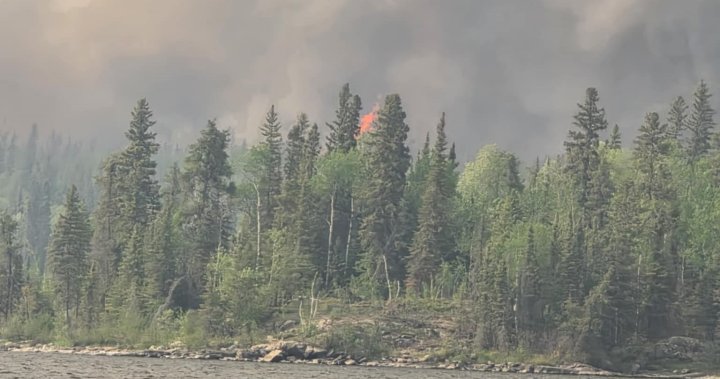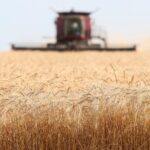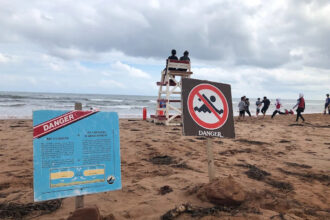A blanket of thick, acrid smoke has descended upon southern Saskatchewan, prompting health officials to issue widespread advisories as residents awaken to hazy skies and the unmistakable scent of burning forests. The smoke, drifting south from active wildfires in northern regions, has dramatically reduced visibility and air quality across major population centers including Regina, Saskatoon, and surrounding communities.
Environment Canada upgraded its air quality statements to formal advisories Tuesday morning as particulate matter readings soared to concerning levels. Meteorologists tracking the smoke plumes indicate the situation could persist for several days, depending on shifting wind patterns and fire activity.
“What we’re seeing is a classic high-pressure system trapping smoke at lower elevations,” explained Dr. Melissa Hanson, environmental health specialist at the University of Saskatchewan. “These conditions create a perfect scenario for prolonged smoke exposure, particularly concerning for vulnerable populations.”
Health authorities are advising residents to take immediate precautions, especially those with respiratory conditions, heart disease, pregnant women, young children, and the elderly. The fine particulate matter present in wildfire smoke can penetrate deep into lung tissue, potentially triggering asthma attacks, exacerbating chronic obstructive pulmonary disease (COPD), and causing irritation to eyes, throat, and airways even in otherwise healthy individuals.
The Saskatchewan Health Authority recommends staying indoors with windows and doors closed, using portable air cleaners with HEPA filters when available, and limiting outdoor physical activities until conditions improve. For those who must venture outside, properly fitted N95 respirators offer significantly better protection than standard cloth or surgical masks.
“We’re particularly concerned about outdoor workers and those without access to air conditioning during these smoky periods,” noted Dr. Karen Williams, Chief Medical Health Officer for the Regina region. “Even short exposures can trigger symptoms in sensitive individuals.”
Local school districts are monitoring the situation closely, with several already restricting outdoor recess and physical education classes. Community sports organizations have likewise postponed numerous outdoor activities and events scheduled for the coming days.
The Saskatchewan Public Safety Agency reports that while no immediate wildfire threats exist to southern communities, the current smoke is primarily originating from multiple large fires burning in northern forests. Fire management teams continue to battle these blazes, but the extended forecast offering little precipitation provides limited natural relief.
This smoke event arrives amid what has already been an active wildfire season across Western Canada, with British Columbia and Alberta similarly experiencing significant air quality challenges in recent weeks. Climate researchers point to increasingly frequent and intense wildfire seasons as consistent with climate change projections for the region.
“The data suggests these events are becoming our new normal,” said Dr. James Wilson, climate scientist at the Canadian Climate Institute. “The combination of higher temperatures, earlier spring thaws, and more frequent drought conditions creates ideal conditions for larger, more frequent wildfires.”
For residents seeking relief, officials recommend creating “clean air shelters” within homes by designating rooms with fewer windows and doors, using portable air cleaners, and changing furnace filters to highest-rated MERV filters compatible with heating systems. Those experiencing severe respiratory symptoms are advised to seek immediate medical attention.
As Saskatchewan communities navigate this latest air quality challenge, will our infrastructure and health systems need fundamental reconsideration to address the growing reality of regular wildfire smoke events? The answer may determine how resilient our communities remain in the face of changing environmental conditions.

























